目录
- 一、Collectors.toMap 方法使用技巧
- 二、代码案例
- 1、demo案例
- 1.1、如果不是对象,是数组,怎么转成map?
- 2、当 map 上述 id 如果重复,会报主键重复异常,解决办法:
- 2.1、Collectors.toMap 有三个重载方法:
一、Collectors.toMap 方法使用技巧
Collectors.toMap() 方法是把 List 转 Map 的操作
二、代码案例
1、demo案例
public static void main(String[] args) {
List<Student> list = Arrays.asList(
new Student(1, "张三", 20, "29.8"),
new Student(2, "李四", 25, "29.5"),
new Student(3, "赵武", 23, "30.8"),
python new Student(4, "王六", 22, "31.8")
);
list 打印输出为:[
Student(id=1, name=张三, age=20, score=29.8),
Student(id=2, name=李四, age=25, score=29.5),
Student(id=3, name=赵武, age=23, score=30.8),
Student(id=4, name=王六, age=22, score=31.8)
]
/**
* id 作为 map 的key,name 作为 value
* 结果集: {1=张三, 2=李四, 3=赵武, 4=王六}
*/
Map<Integer, String> collect = list.stream()
.collect(Collectors.toMap(Student::getId, Student::getName));
System.out.println(collect);
/**
* id 作为 map 的 key,Student 对象作为 map 的 value
* 结果集: {1=Student(id=1, namepython=张三, age=20, score=29.8),
2=Student(id=2, name=李四, age=25, score=29.5),
3=Student(id=3, name=赵武, age=23, score=30.8),
4=Student(id=4, name=王六, age=22, score=31.8)}
*/
Map<Integer, Student> collect1 = list.stream()
.collect(Collectors.toMap(Student::getId, v -> v));
System.out.println(collect1);
/**
* id 作为 map 的 key,Student 对象作为 map 的 value
* 结果集: {1=Student(id=1, name=张三, age=20, score=29.8),
2=Student(id=2, name=李四, age=25, score=29.5),
3=Student(id=3, name=赵武, age=23, score=30.8),
4=Student(id=4, name=王六, age=22, score=31.8)}
*/
Map<Integer, Student> collect2 = list.stream()
.collect(Collectors.toMap(Student::getId, Function.identity()));
System.out.println(collect2);
}
1.1、如果不是对象,是数组,怎么转成map?
String typeBanner = "A=1,B=2,C=3";
String[] typeBannerArray = typeBanner.split(",");
System.out.println(Arrays.toString(typeBannerArray)); // [A=1, B=2, C=3]
Map<String, String> typeBannerMap = Arrays.stream(typeBannerArray).collect(Collectors.toMap(
(array) -> array.split("=")[0],
(array) -> array.split("=")[1]
));
System.out.println(typeBannerMap); // {A=1, B=2, C=3}
2、当 map 上述 id 如果重复,会报主键重复异常,解决办法:
按照规范来写的话,最好所有toMap,都要将这个异常提前考虑进去,不然有时候会报重复主键异常,这也是正例的写法,上面的属于反例的写法。
2.编程客栈1、Collectors.toMap 有三个重载方法:
toMap(Function<? super T, ? extends K> keyMapper, Function<? super T, ? extends U> valueMapper);
toMap(Function<? super T, ? extends K> keyMapper, Function<? super T, ? extends U> valueMapper,
BinaryOperator<U> mergeFunction);
toMap(Function<? super T, ? extends K> keyMapper, Function<? super T, ? extends U> valueMapper,
BinaryOperator<U> mergeFunction, Supplier<M> mapSupplier);
参数解释:
1. keyMapper:Key 的映射函数,Student:getId 表示选择 Student 的 getId 作为 map 的 key 值。
2. valueMapper:Value的映射函数,Function.identity() 表示选择将原来的对象作为 Map 的value 值。
3. mergeFunction:当 Key 冲突时,调用的合并方法。(n1,n2)->n1 中,如果 n1 与 n2 的 key 值相同,选择 n1 作为那个 key 所对应的 value 值。
4. mapSupplier:Map 构造器,在需要返回特定的 Map 时使用。第四个参数 mapSupplier 用于返回一个任意类型的 Map 实例,比如我们希望返回的 Map 是根据 Key 排序的。TreeMap::new
public static void main(String[] args) {
List<Student> list = Arrays.asList(
new Student(1, "张三", 20, "29.8"),
new Student(2, "李四", 25, "29.5"),
new Student(1, "赵武", 23, "30.8"),
new Student(4, "王六", 22, "31.8")
);
/**
* id 作为 map 的key,重复 id 的 name 合并作为 value
* 结果集: {1=张三,赵武, 2=李四, 4=王六}
*/
Map<Integer, String> collect = list.stream()
.collect(Collectors.toMajsp(Student::getId, Student::getName, (n1, n2) -> n1 +","+ n2));
System.out.println(collect);
/**
* 取前面一个 Student 对象
* 结果集: {1=Student(id=1, name=张三, age=20, score=29.8),
2=Student(id=2, name=李四, age=25, score=29.5),
4=Student(id=4, name=王六, age=22, score=31.8)}
*/
Map<Integer, Student> collect1 = list.stream()
.collect(Collectors.toMap(Student::getId, Function.identity(), (n1, n2) -> n1));
System.out.println(collect1);
/**
* 取后面一个 Student 对象
* 结果集: {1=Student(id=1, name=赵武, age=23, score=30.8),
2=Student(id=2, name=李四, age=25, score=29.5),
4=Student(id=4, name=王六, age=22, score=31.8)}
*/
Map<Integer, Student> collect2 = list.stream()
.collect(Collectors.toMap(Student::getId, Function.identiphpty(), (n1, n2) -> n2, TreeMap::new));
System.out.println(collect2);
}
写案例遇到的问题有,上述第一个输出,如果写成 n1 + n2 ,map 第二个参数类型是对象或者是list集合,都是显示编译报错状态。
到此这篇关于Stream 流中 Collectors.toMap 的用法的文章就介绍到这了,更多相关Stream 流 Collectors.toMap用法内容请搜索编程客栈(www.devze.com)以前的文章或继续浏览下面的相关文章希望大家以后多多支持编程客栈(www.devze.com)!
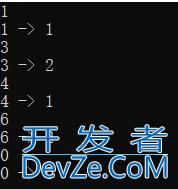
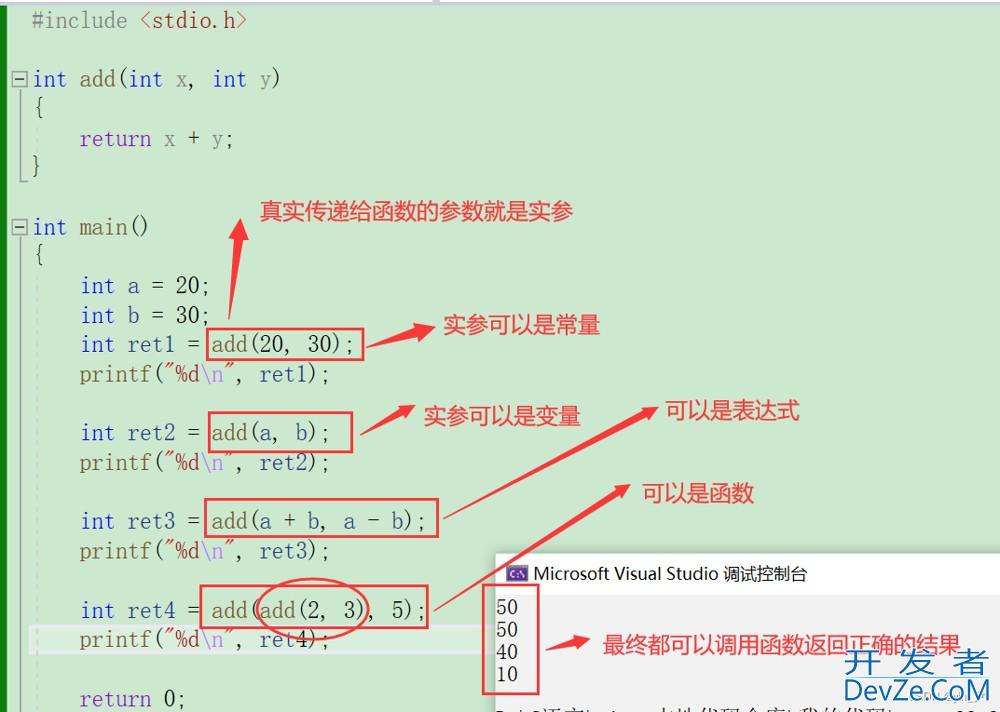
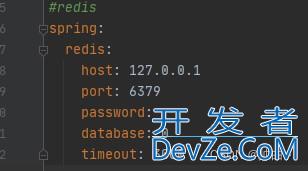
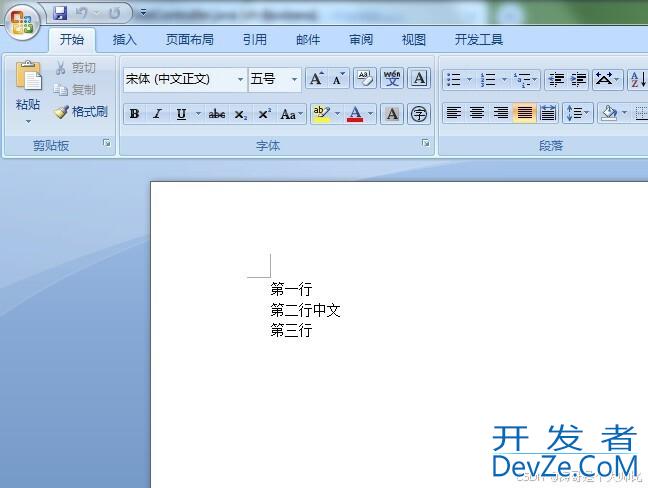
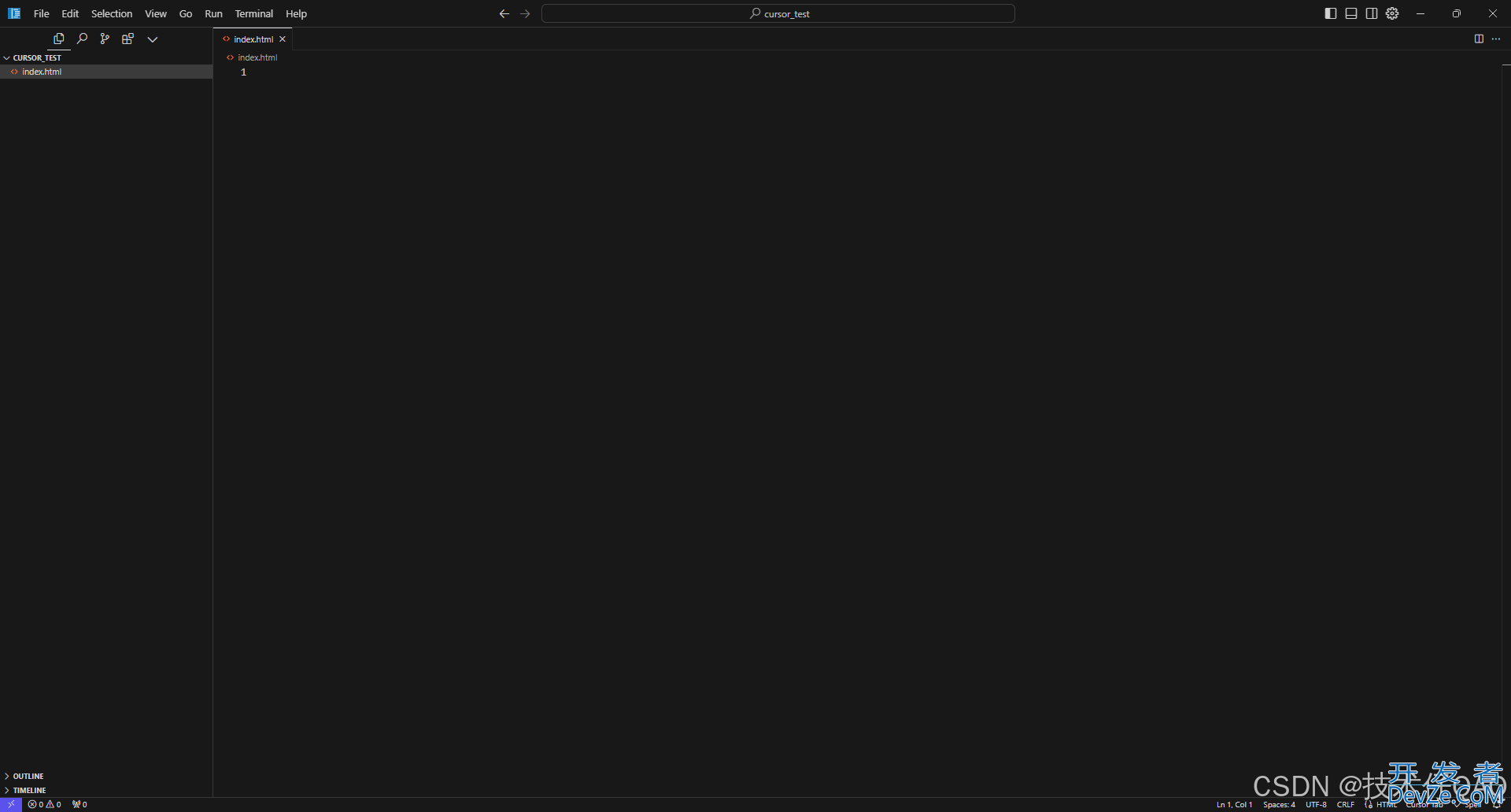
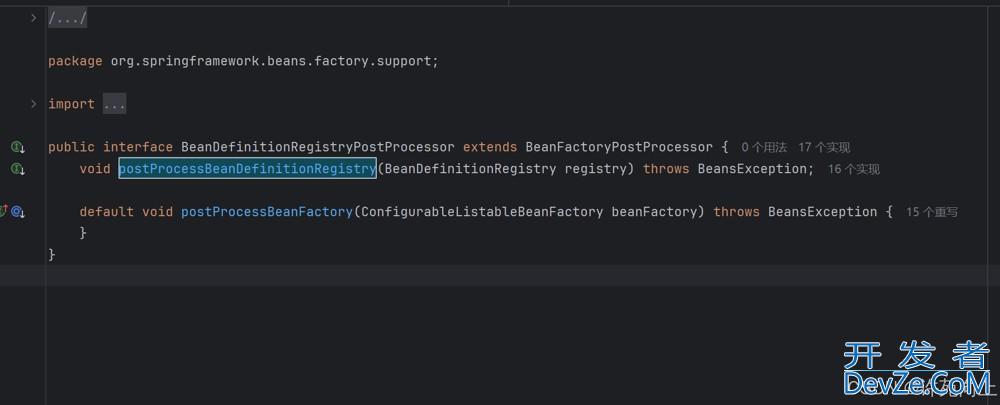

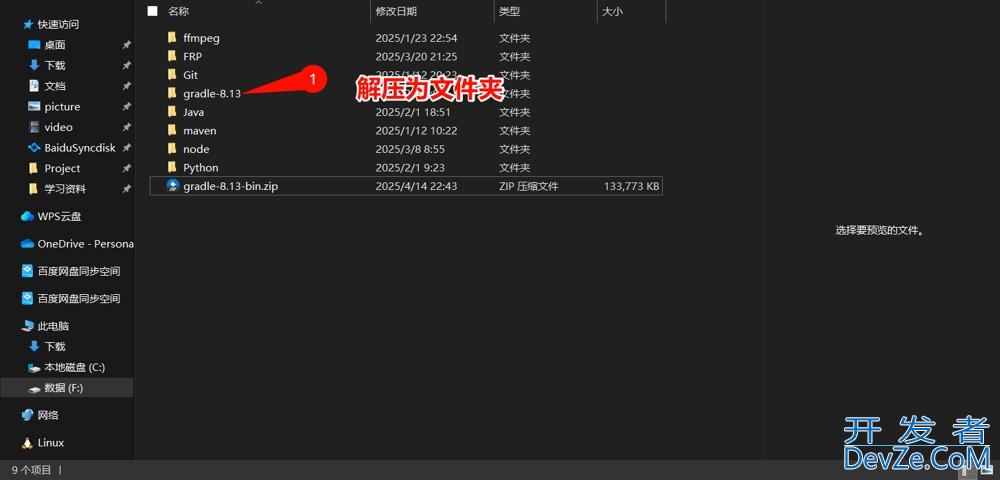
 加载中,请稍侯......
加载中,请稍侯......
精彩评论